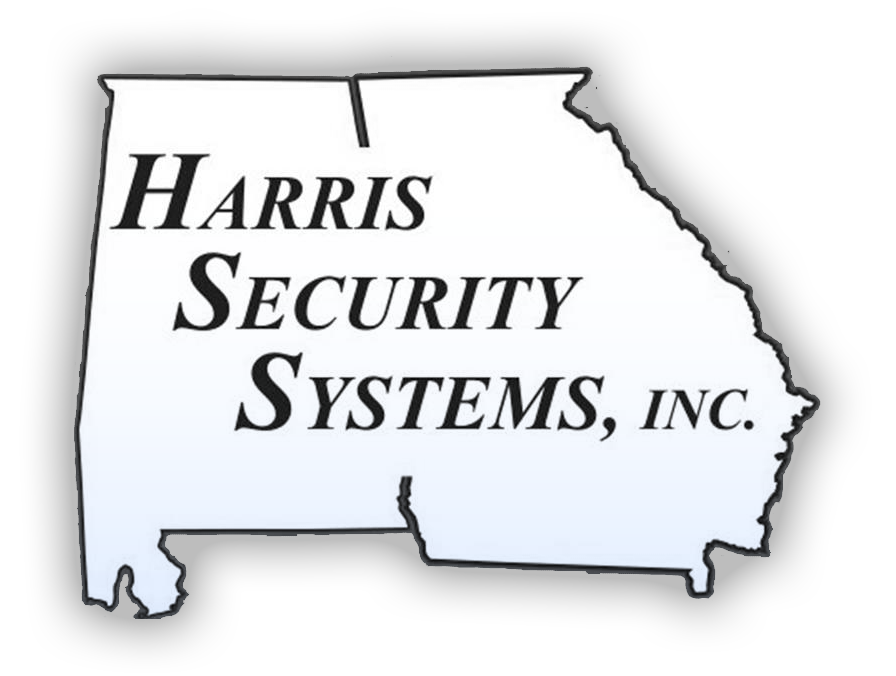IP Cameras & Video Management
With thousands of IP cameras already installed, Harris Security Systems is a systems integration leader in designing, installing, and servicing IP-based video solutions. Having established strong relationships with industry leading manufactures, Harris Security Systems is able to provide the very best IP-based technologies to our customers. At Harris Security Systems, it does not stop with simply installing the best technology. Harris Security Systems also has network certified personnel to ensure your IP-based Video is installed adhering to established IT industry standards and practices.
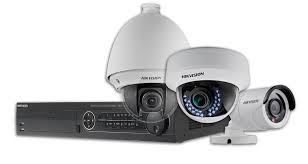
Four Benefits of IP CCTV
1. Image Resolution
All analog video cameras use the NTSC analog video standard, which was created in the 1950s. No matter what the camera’s manufacturer claims the image quality is, it is still being transmitted and recorded using this standard. It is an absolute cap on image resolution that you can’t get around. On the other hand, IP cameras come in a broad range of resolutions (measured in megapixels, or MPs) from which to choose depending on your specific requirements. For example, a 1.3 MP IP camera (generally the lowest resolution camera on the market) has almost 4 times the resolution of an analog camera. With this added resolution, faces become clearer, license plates become easier to read and larger areas can be covered by a single camera.
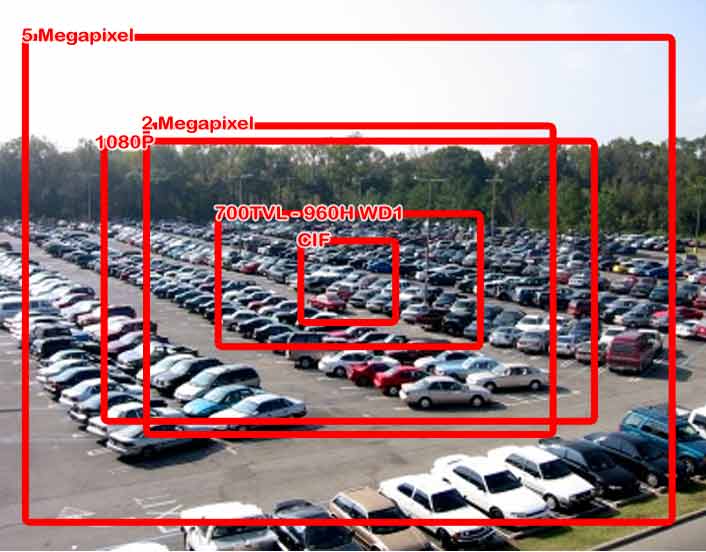
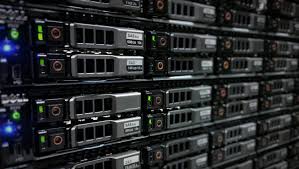
2. Scalability
Generally, analog cameras run a coax cable transmitting the video to a VHS recorder, which records straight to video tape or a DVR (Digital Video Recorder), which turns the analog signal into a digital signal for storage and review. The problem with this is that the VHS or DVR has a finite number of ports that cameras can be plugged into. Once you max out that number of ports, you would need to either buy a new VHS or DVR with more ports or a second, separate machine to run the additional cameras. IP video networks have the clear advantage when it comes to adding new video cameras. First, since IP cameras connect to the IT network, there is no limit to the number of cameras that can be connected. Second, the need to run a cable from the camera to the DVR is eliminated – you only need to run a cable to the nearest network switch. In addition, in IP-based systems the video is recorded using NVRs (Network Video Recorders), which use multiple hard drives and often employ a backup technique know as RAID (Redundant Array of Independent Disks) to disperse the data across multiples hard drives for data safety and efficiency. Finally, since the data is being transmitted digitally, it can be transmitted across the internet, allowing for multiple locations to utilize the same NVR, meaning that a new video system does not need to be set up at each site, allowing for scaling beyond your existing facility.
3. Ease of Installation
Many find it hard to believe but at this point IP video security systems are actually quite easy to install. Today, most IP cameras are actually plug-and-play, the same way your computer’s webcams are. In addition, the cabling is easier as well. With an analog camera, which has a single cable that can only transmit its video signal, it will also require a separate power cable and, if you want added functionality such as PTZ (Pan, Tilt, Zoom) controls for the camera you’ll need another cable for that. However, IP cameras use a single cable that can be used for everything. Using PoE (Power over Ethernet), IP cameras can be powered through the same cable that transmits the video signal and any PTZ commands. Finally, as mentioned above, since IP cameras run on the network, you don’t have to run the cable all the way back to the DVR. Instead, you only need to run it to the nearest network switch.
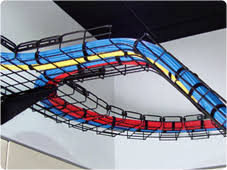

4. Analytics
Historically, analog CCTV systems were very reactionary. They used human monitoring to catch events in real time and stored past video feeds for review to reconstruct events after they have happened. When monitoring, someone would have to sit at a bank of monitors and watch the screens for any situations developing. This was a very time and labor-intensive activity and was dependent on human infallibility, which we know doesn’t exist. Occasionally the person watching the monitors would miss something because he or she was looking at the wrong screen at the wrong time or just suffering from fatigue after staring at the screens for hours and hours. Then, with the advent of Video Management Systems (VMS), video security became pro-active. Software was introduced that could monitor all the video feeds simultaneously, using analytics to detect potential situations developing before they actually occur and trigger alarms that humans can respond to accordingly. These analytics include facial recognition, loitering, line crossing, object taken and many more.
Analog to HD Video Migration Upgrades
Do you have a CCTV (Security Camera Surveillance System) which is out of date and not providing the security solution that is needed in your business?
Harris Security Systems is seeing a trend for Businesses wanting to move from Analog to Digital Video Surveillance systems and so that they can benefit from the high performance without losing the value of their current investment in their existing cable infrastructure Harris Security Systems can provide the solution.
Harris Security Systems leads the way in Analog to Digital Security System Technology, from multi channel encoders, Hybrid DVR’s to their Turbo HD DVR or HD TVI DVR which enable you to add Digital Security Cameras as well as use existing Analog ones so that you can upgrade your system in the most vulnerable areas first.
Watch the Hikvision video for more information or call us 1(800) 240-1717
HD Performance at 1080p/720pp
The Hikvision Turbo HD product family is based on HDTVI (High Definition Transport Video Interface) technology and is ideally suited to upgrading existing standard definition systems at low cost. It retains the ease-of-use of an analog system while offering up to 1080P HD video output.
Open HDTVI Technology for 3rd Party Device Compatibility
All Hikvision Turbo HD products adhere to the HDTVI open standard, which guarantees trouble-free connection to other HDTVI-compliant cameras and DVRs. The Hikvision Turbo HD DVRs can also connect with traditional SD analog cameras and all Hikvision Turbo HD cameras can access third party DVRs equipped with HDTVI technology from other manufacturers.
Tribrid System – Futureproof by Combining Turbo HD, Analog and IP
The Hikvision Turbo HD DVR offers simultaneous connections to network, analog and Turbo HD cameras, auto-detecting the incoming signal and recording accordingly. This means that existing systems can be upgraded simply by replacing the current cameras and DVR while new areas may be covered with the addition of IP network cameras.
Up-to 500m HD Transmission via Coaxial Cable
Hikvision HDTVI technology guarantees up-to 500 meters of high-quality and reliable transmission at 720P / 1080P via coaxial cable. A conventional analog solution will struggle to achieve this resolution while HD-SDI solutions are limited in terms of long distance capability. This makes Hikvision Turbo HD a perfect solution to fit all requirements. In addition, the Turbo HD Analog solution supports UTC for remote set-up and configuration, and enables control of the OSD menu and PTZ control via coaxial cable. This means that users no longer have to go to the camera to make changes and enables much faster and easier camera installation and management.
